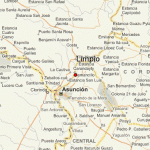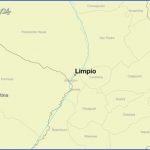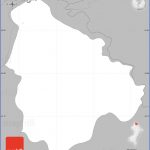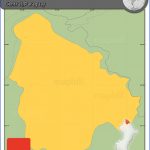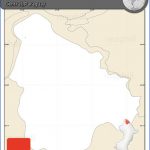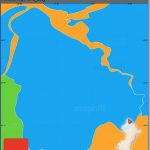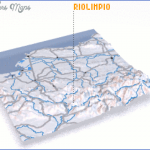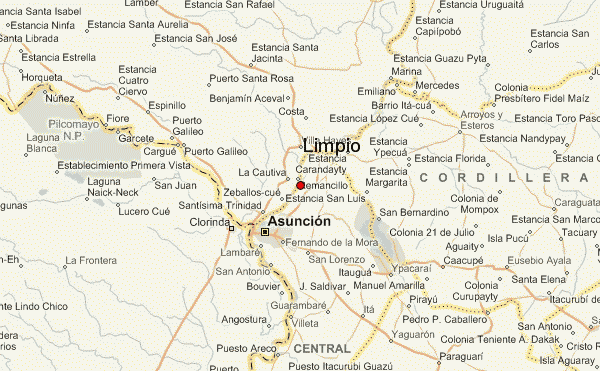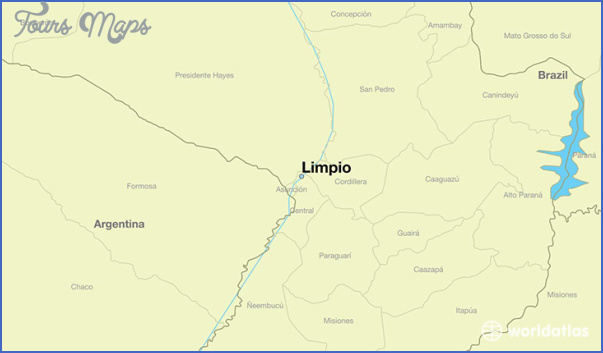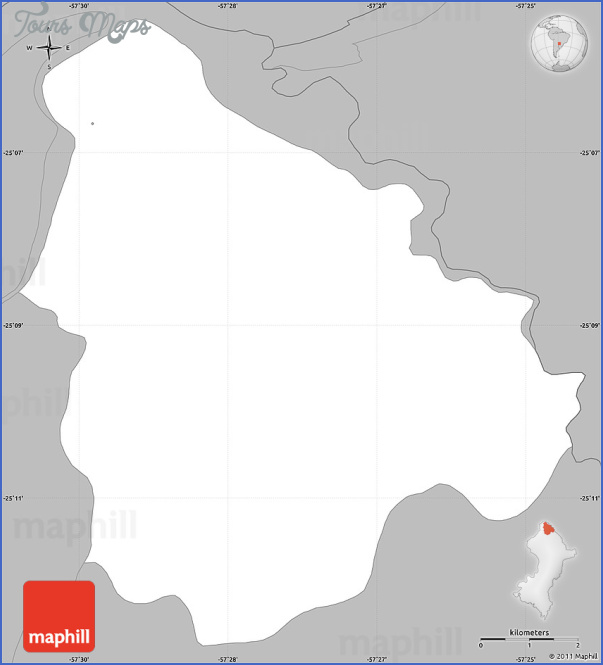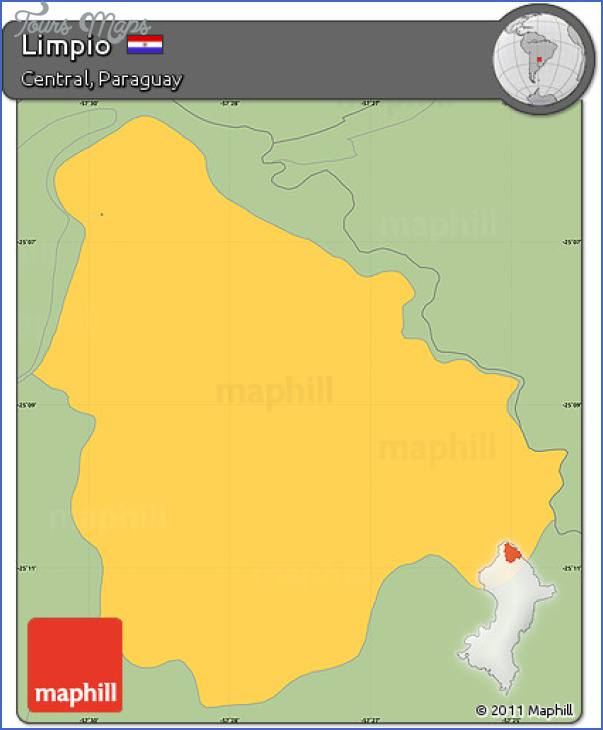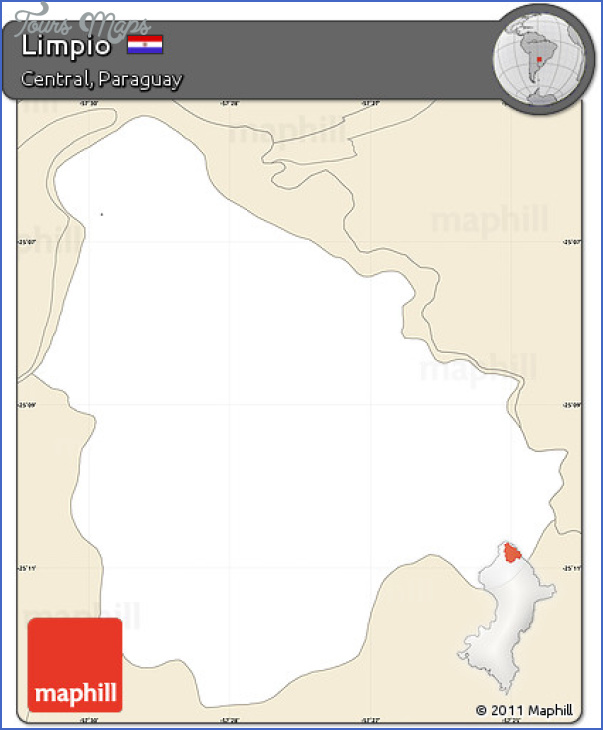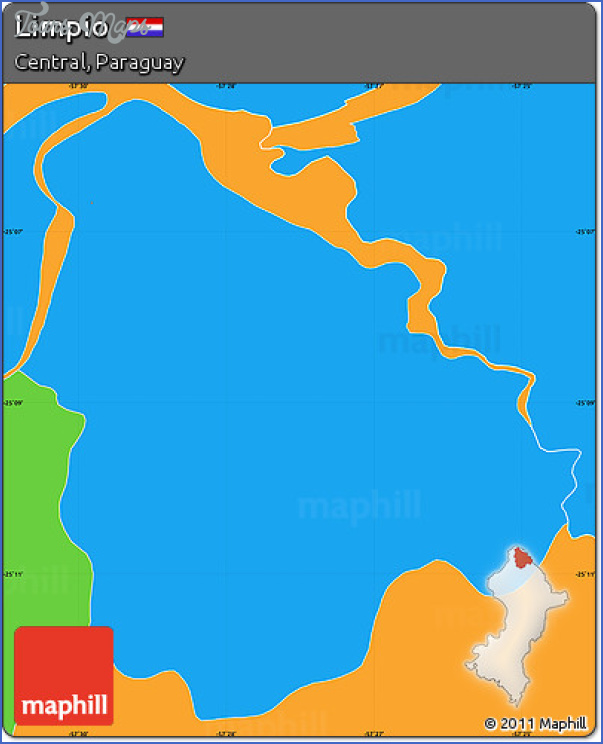Love Hotels
As it is common for Paraguayans to live with their extended families well into adulthood, the need for privacy has spawned a widespread by-the-hour hotel industry. These love hotels are referred to as motels and often have suggestive names such as Motel Love Toys and Passion Clasp. Motels are used by people at all levels of society, and options are available for every budget.
Small Town Paraguay – Traveling in the Interior
Every Paraguayan town has almost all of the following: a church and small museum, a main plaza, and a watering hole (arroyo or balneario). Once these have been visited, you may find there is not much else to do but hang out. Take advantage of the downtime to stroll towards the outer edges of town and get a peek at the campo (country) life. Usually the roads turn from cobblestone to dirt only three to four blocks from the town center. Early morning or late afternoon are the best times for a walk, as the weather is cooler. The pace of life is slow and everything is tranquilo pa. Walking along these roads, you’ll see women sweeping their front patios with handmade brooms, tending to their chickens or hanging laundry, uniformed school kids skipping their way to and from school, and men with straw hats returning from the fields on horseback or ox drawn carts. As you pass, you will be greeted with an adios, the last vowel drawn out and the s swallowed completely. Adopt the same relaxed attitude, reply with your own adios, and you may find yourself drawn into conversation.
Food
Paraguayan cuisine features hearty country cooking that is both filling and comforting. As with all other aspects of Paraguayan culture, the cuisine (known as tembi ‘u Paraguay in Guarani) is a mixture of colonial Spanish and indigenous dishes with influences from newer immigrant communities popping up here and there. Corn (choclo) and cassava root (mandioca) are at the heart of most traditional Paraguayan dishes. Meat is also readily available and most often included in the main course. Though they are not heavily featured in the cuisine, the country’s fertile land and tropical climate mean fruits and vegetables are always available.
Paraguayans start the day early with a simple breakfast – usually no more than mate or cocido with galletas (a cross between biscuits and hard tack) or coquitos (miniature galletas). Lunch is the largest meal of the day; the majority of people break from work between 11am and noon in order to return home for lunch. Merienda, the afternoon snack, usually consists of cocido or coffee along with chipa or pastries. Dinner is fairly light, although heavier fare is consumed when going out to restaurants. In many rural homes, meals are prepared over an open fire or baked in a brick oven known as a tatakua. Gas ranges hooked up to propane tanks are the most common method of cooking in towns and cities.
Fire in the Hole
The name tatakua is made up of two Guaram words: tata (fire) and kua (hole). Tatakuas are dome shaped brick ovens (usually about three feet in height and about four feet in diameter) with openings in front and back. Wood is burned down to embers and then pushed to the back or removed completely before dishes are placed inside, and the openings are sealed. Tatakuas are not just used for cooking food – many artisans have tatakuas that they use for firing ceramics, and tatakuas about ten feet in diameter are utilized to make large amounts of charcoal for commercial use.
Chipa
The most unique and ubiquitous dish of all is chipa, a dry, corn flour based bread. Chipa dough is made of corn flour, cheese, eggs, starch, oil, or lard, and a tiny bit of anise. The dough starts off dry and crumbly and must be kneaded by hand until it is silky and elastic. It is then shaped into individual portions and baked on banana leaves in a tatakua. Chipas are usually baked in donut shapes, but for special occasions, such as Easter week, chipa is baked into decorative shapes (chipa yegua). Popular forms include doves, armadillos (tatu), and crocodiles (yacare). At its best, chipa has a crunchy dry crust that gives way to a warm chewy, cheesy center. At its worst, it is dry and starchy.
Chipa is consumed throughout Paraguay (though less so in the Chaco) and sold in most cases by chiperas (female) or chiperos (male), vendors who walk through neighborhoods with large baskets full of chipa balanced on their heads. Most major roads have chipa stands known as chiperias which employ chiperas dressed in short skirts, aprons, and knee-high socks. Chiperas hop on passing buses, selling their snacks to hungry passengers. Their ability to make it to the back of even the most crowded bus without dropping a single chipa from their baskets is an impressive spectacle. In urban areas, chipa is available in cafes (such as Na Eustaquia and Hermanas Feliciana), and there are also chipa trucks specializing in selling to revelers as they exit nightclubs at dawn.
Limpio Map Photo Gallery
Maybe You Like Them Too
- The Best Cities To Visit in The World
- World’s 10 Best Places To Visit
- Coolest Countries in the World to Visit
- Travel to Santorini, Greece
- Map of Barbados – Holiday in Barbados

